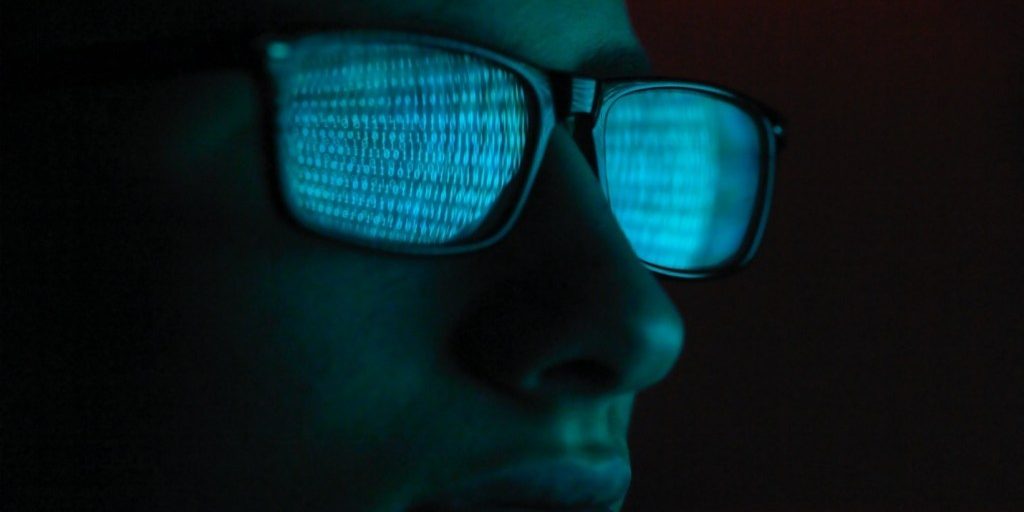Customer: National Security Agency’s Research Directorate
Challenge: Yara is a technology using a set of statements to identify a collection of related malware samples, usually referred to as a malware family. Crafting a Yara rule by hand to identify a family of malware is often tedious and time-consuming, yet this is the standard way to share information between organizations and agencies about discovered malware.
Approach: Building on prior work, homeland defense and security technical area tasks (HD TAT) leveraged a large n-gram capability to identify large byte sequences, which are present in the malware family and not present in other malicious or benign files. HD TAT’s automated approach enabled the production of durable and accurate Yara rules in seconds.
Value: HD TAT’s solution saves time and effort in malware identification activities. The team presented this work at the 2020 AISec conference, where it won the “Best Paper” award. Their method, AutoYara, is fast, allowing deployment on low-resource equipment for teams that deploy to remote networks. The results demonstrate that AutoYara can help reduce analyst workload by producing rules with useful true-positive rates while maintaining low false-positive rates, sometimes matching or even outperforming human analysts. In addition, real-world testing by malware analysts indicates AutoYara could reduce analyst time spent constructing Yara rules by 44%-86%, allowing them to spend their time on the more advanced malware that current tools can’t handle. The team also developed and published code on Github.
https://arxiv.org/abs/2009.03779
https://github.com/NeuromorphicComputationResearchProgram/AutoYara


